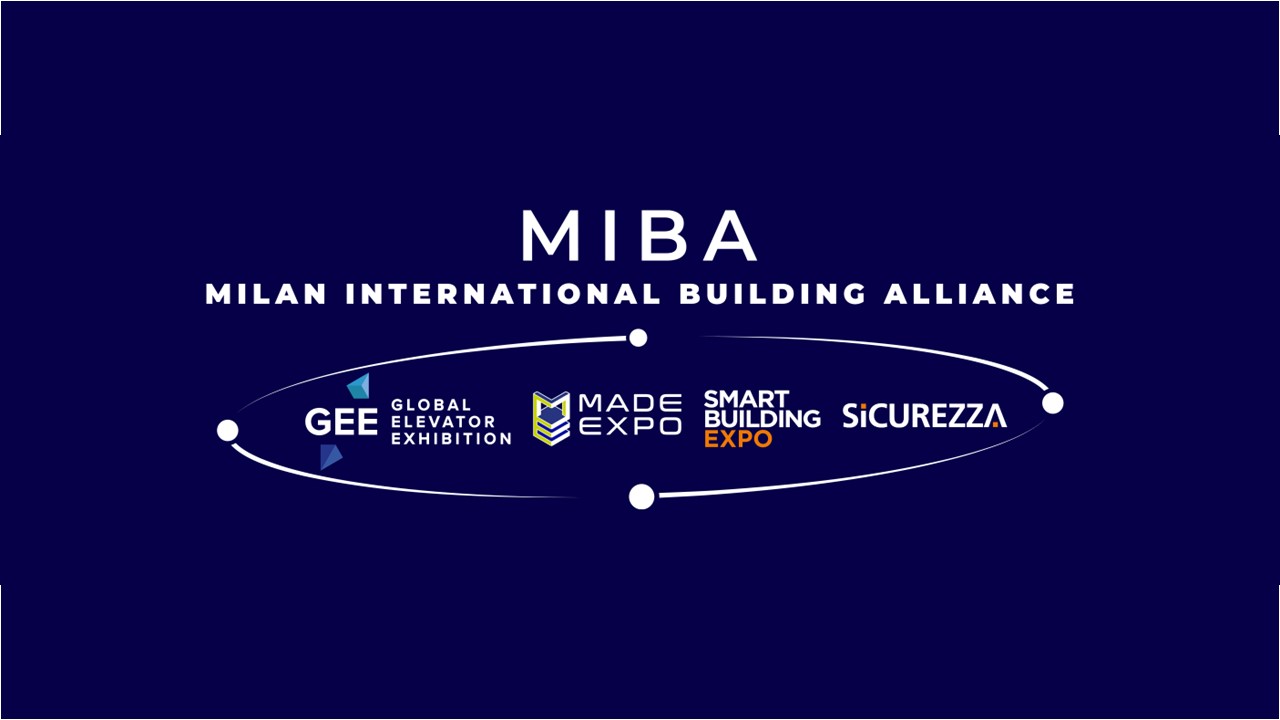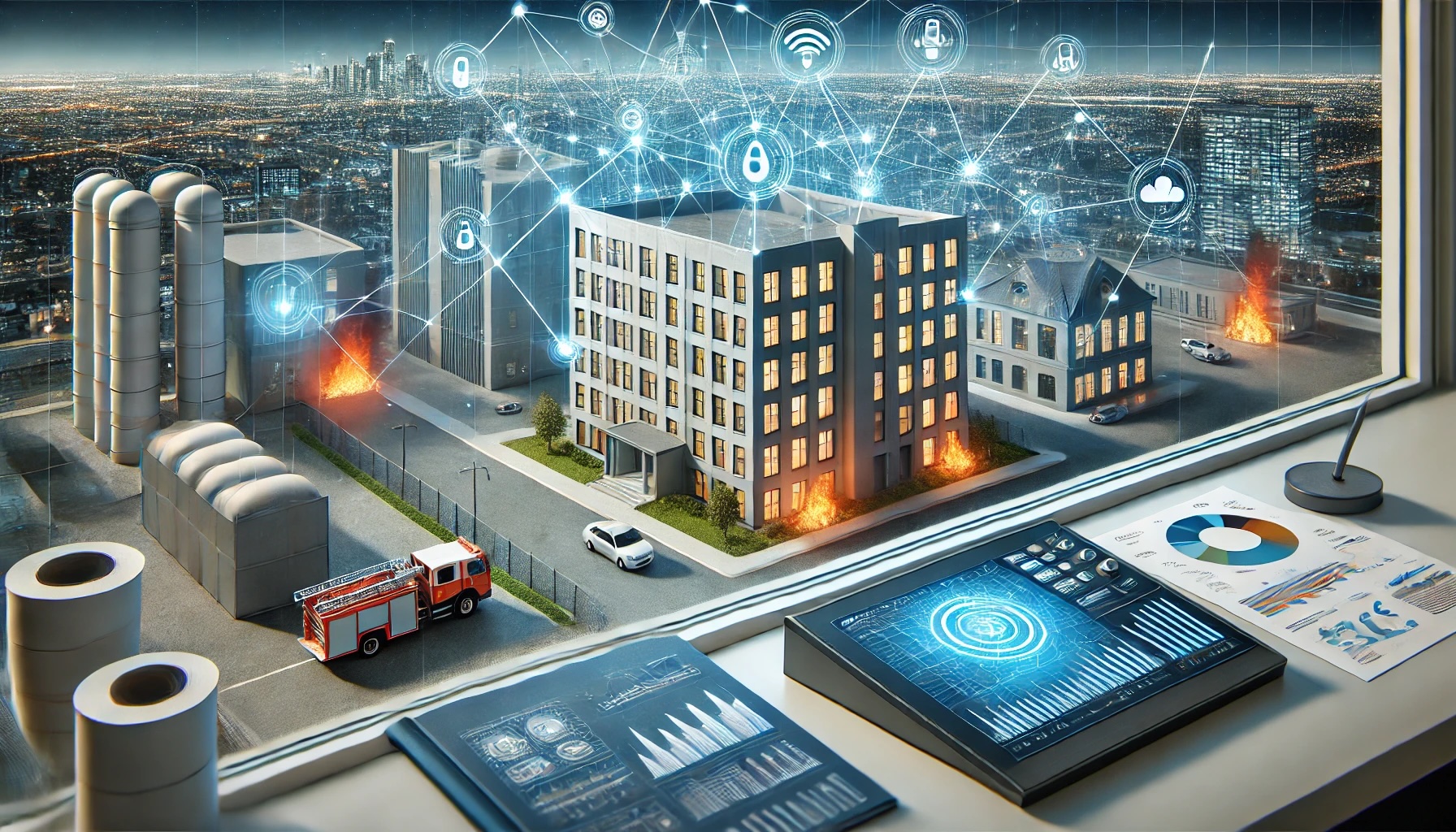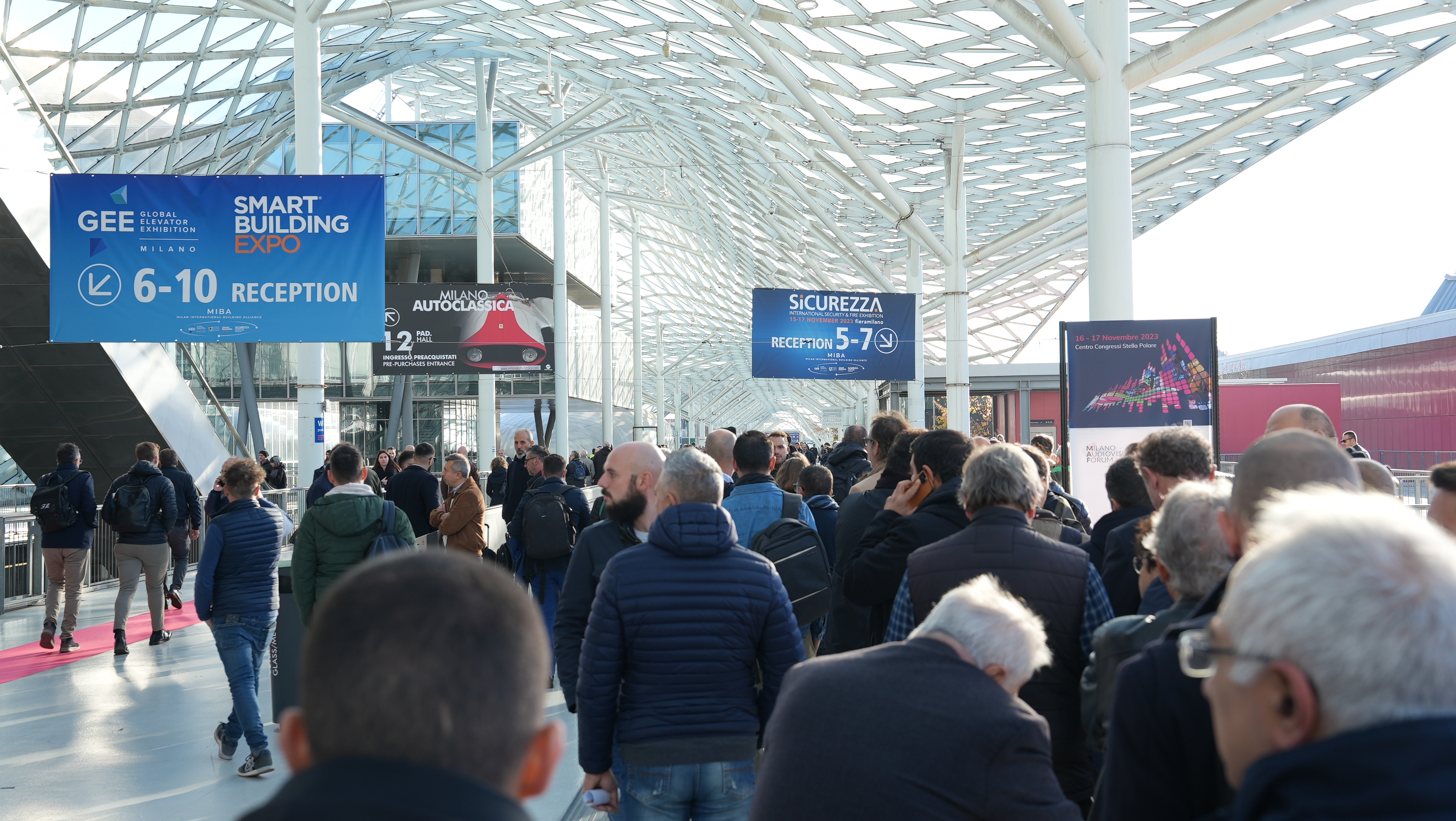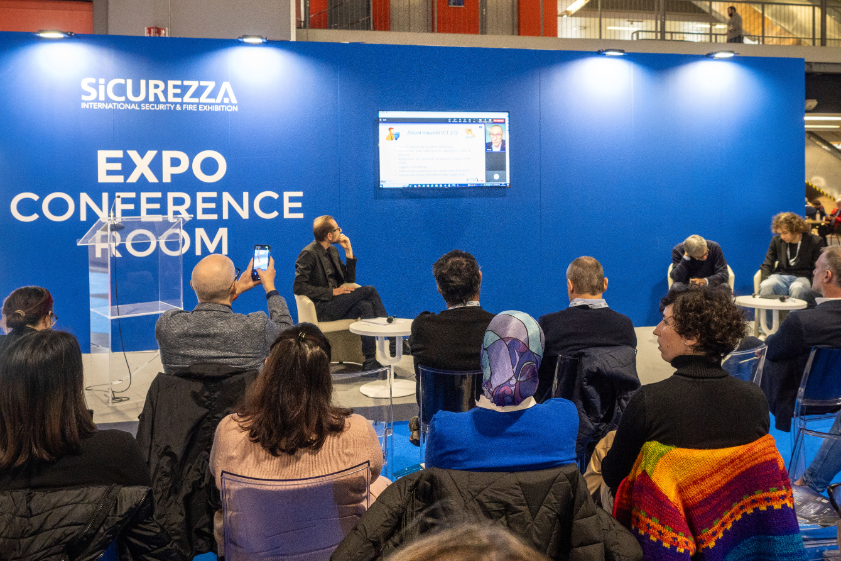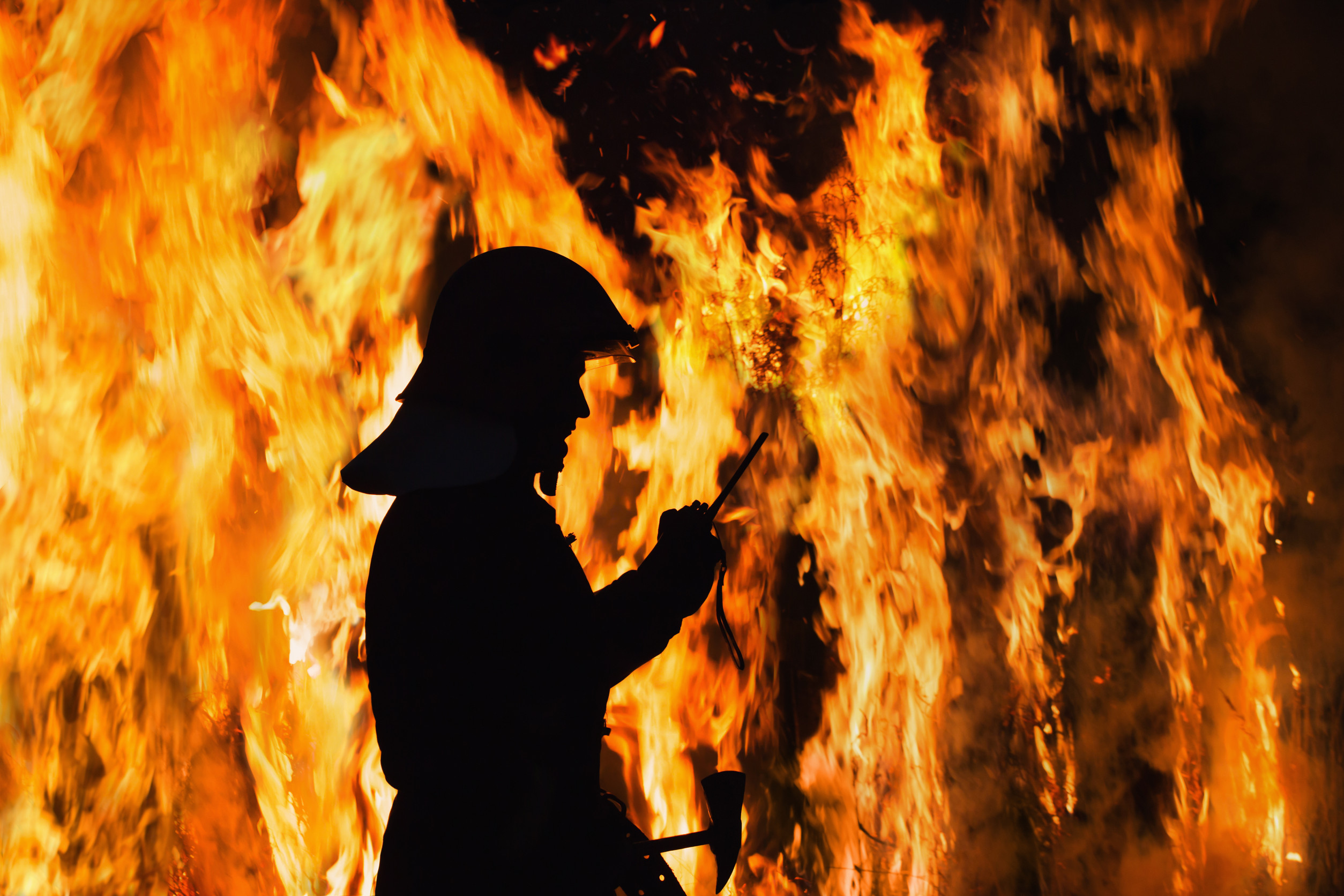The fire detection and prevention market in Italy is going through a phase of decisive transformation, driven by technological innovation, regulatory evolution and a growing awareness of the importance of investing in cutting-edge security solutions. We have collected the opinion of three specialised companies, - Hyfire, Securiton, and NSC - that will be present at the next edition of SICUREZZA, to better understand the challenges and opportunities of a constantly expanding sector.
“In the fire prevention sector - begins Sandra Petrosino, Business Unit Head of Hyfire, a company that markets wireless fire detection and alarm systems - we are noticing a growing focus on prevention and integrated security, with detection and control systems increasingly connected to advanced digital solutions. Digitalisation, sensors and intelligent maintenance are redesigning the way we conceive fire prevention, making it more proactive and effective.”
"A greater focus on safety and an increasing knowledge of the regulations in place," adds Carlo Ficano, Managing Director of NSC, a German manufacturer of security systems, fire detection, voice evacuation, and CCTV systems, "are leading to greater awareness in the installation of fire detection systems. For these reasons, the smoke detection market, as well as the EVAC market, our key sectors, are currently experiencing a favourable period of growth, where even users are starting to understand the value and importance of these technologies. What were once considered unnecessary costs just a few years ago are now seen as essential systems for the protection of people and property”.
“The fire prevention sector in Italy is rapidly evolving” explains Massimiliano Molinari, Senior Area Sales Manager Italy of Securiton, “driven by technological innovation (intelligent sensors, drones and AI) and stricter regulations.” Securiton is a Swiss supplier of alarm and security systems, specialised in high-level technical fire protection. Companies are investing in infrastructure and training to meet new standards, while schools, universities and businesses are promoting the culture of safety with specific courses and greater awareness.”
Lights and shadows of the regulations
Fire prevention regulations are a key factor: on the one hand, they guarantee the quality of products and installations, on the other hand, they can be complex to interpret, sometimes slowing down the adoption of more advanced technologies.
“In our work, promptness is fundamental. - continues Petrosino - Think, for example, of churches, museums or historic buildings, where the risk of losing an inestimable heritage is very high. One of the biggest difficulties we encounter is regulatory complexity. In recent years, progress has been made in terms of simplification, as evidenced by the recent delay of the entry into force of the Control Decree, but the provisions are not always able to keep up with technological innovations”.
Carlo Ficano also agrees, stating that regulations, which must certainly be a guiding light to follow, may at times risk becoming a hindrance to the use of specific technologies in certain applications, due to their uncertainty and interpretation." However, in recent years, much work has been done to improve them and make them increasingly aligned with needs.
“On the other hand, the current national and international regulations - adds Molinari - also help provide a broad overview when choosing the most suitable and specific detection system for the particular risk to be protected”.
Digitalisation and artificial intelligence
The real revolution in the fire prevention sector revolves around the potential of digitalisation, intelligent maintenance systems and, increasingly, artificial intelligence.
“AI is one of the most promising technologies for our sector” comments Petrosino. “In the future, it will be integrated not only into system design, but also into project simulation to optimise device distribution, predict critical issues and improve response in emergency situations”.
“Artificial intelligence,” continues Molinari, “integrated with advanced sensors (smoke, heat, gas), is able to detect anomalies more quickly and distinguish between false alarms and real fires. It can optimise the arrangement of detection devices based on the characteristics of the environment, simulate fire scenarios and support predictive maintenance by promptly reporting faults or malfunctions. This improves the effectiveness, safety and security of people and infrastructure.
“As far as we are concerned” adds Ficano, “we are working on solutions that will already support customers in the programming and installation phase. In addition, in the after-sales phase, an AI-based system could offer immediate answers to common problems, improving service without excluding human intervention”.
Strategic sectors and complex projects
Fire prevention solutions are used in different fields — industrial, healthcare, logistics, cultural — each with specific challenges. For Hyfire, for example, the biggest obstacles emerge in hospitals, where interventions must take place without interrupting the healthcare activities, and in logistics, with large and constantly evolving spaces. In this case, wireless solutions have proved strategic in contexts where the traditional installation would be too invasive or complex.
Securiton emphasises the need for a personalised approach in highly complex projects, where collaboration with designers and installers is essential to ensure maximum protection and adaptability of the system. Furthermore, in sensitive areas such as the industrial or healthcare sectors, the company highlights how customers want highly customised systems that can communicate with other safety solutions and integrate easily into complex infrastructures.
For NSC Italia, although there is great growth in the smoke detection and EVAC market with projects ranging from universities to shopping centres, from offices to industries, the hardest challenge is to increase the popularity of the NSC brand, which arrived in Italy only a few years ago. “A highly strategic sector for us is the Oil&Gas market thanks to the SIL2 certification on our smoke detection plants”.
Trade exhibitions: an opportunity for dialogue
An additional tool for promoting sharing and growth is provided by trade exhibitions such as SICUREZZA 2025, considered essential for meeting partners, keeping up to date on trends and consolidating relationships. For the companies involved, the exhibition represents an important showcase to display their solutions, listen to customer needs, share experiences, and build the future of safety together.
